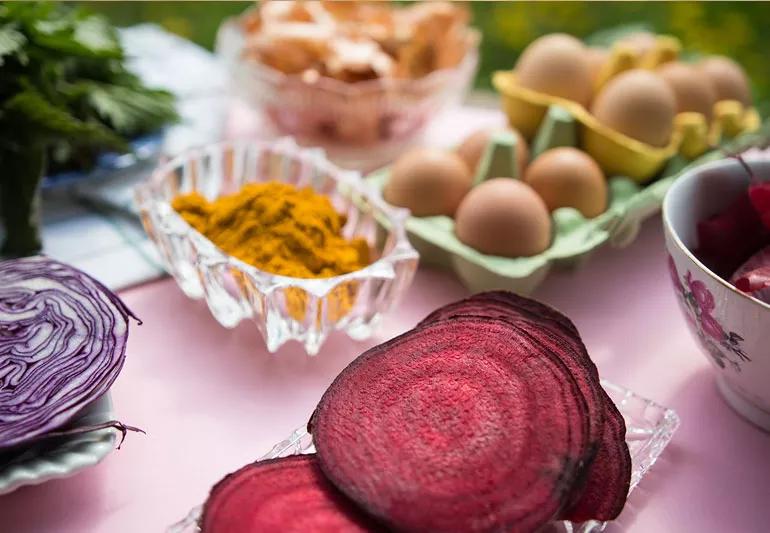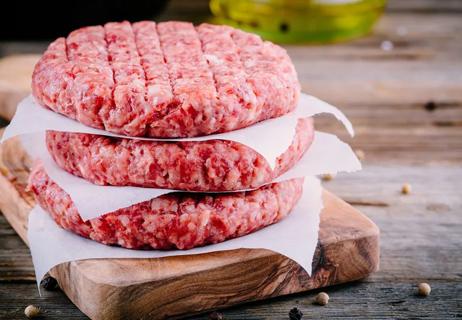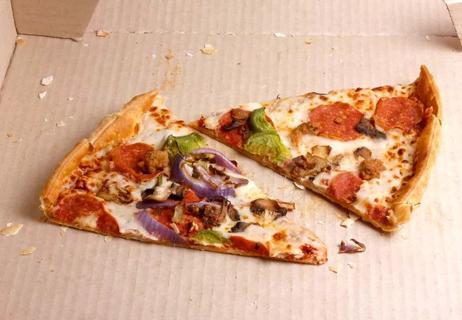It's easy to add both nutrients and fun to your meals

Special occasions seem to call for brightly colored foods. Birthday cakes show swirls of colored icing. Holiday cookies and Easter eggs are adorned in different hues. Even St. Patrick’s Day beer traditionally can take on a green tint.
Advertisement
Cleveland Clinic is a non-profit academic medical center. Advertising on our site helps support our mission. We do not endorse non-Cleveland Clinic products or services. Policy
It’s fun to experiment with turning your favorite foods different colors, but you don’t necessarily need food coloring or dyes to do it, says dietitian Laura Jeffers, MEd, RD, LD.
“There are more natural ways than to reach for that fake bottled coloring in your baking cupboard,” she says.
When you use more natural options, you’ll find more benefits than just fun-colored food, Jeffers says.
“You can color foods and actually enhance nutrition at the same time using foods that are naturally colored — such as dark green vegetables or fruit,” Jeffers says.
Many foods already have rich pigments that easily blend right into your favorite recipes.
For example, to make green, pink or purple smoothies just adjust your use of greens (like kale or spinach) and berries (like strawberries, blueberries, raspberries). The more you add, the more colorful and healthier they get!
Here, Jeffers explores nine more healthier, more colorful ideas:
Advertisement
Keep both flavor and color in mind. Natural coloring made from foods tends to be less vivid than artificial color additives, Jeffers notes. So it can be harder to control the color and consistency. Also, using food-based color can introduce other flavors. But this can work well if the flavor enhances the food.
“Remember, the more vivid the color, the more likely it is that the taste is also affected,” she says. “It’s a good idea to experiment — and a lot of fun, too. You can even have your kids take part as a fun family activity.”
Advertisement
Learn more about our editorial process.
Advertisement

Leftovers can be kept in the fridge for three to four days or frozen for three to four months

Ultimately, rice is safe to eat, but the type, where it’s grown and how you cook it may be factors to consider

Washing your hands, thoroughly cleaning kitchen tools and preparing meat separately can reduce the risk of foodborne illness

Extended outages lasting more than four hours can make food in your fridge unsafe to eat

Microwaves use non-ionizing radiation and haven’t been shown to cause cancer — follow food safety practices and use microwave-safe containers

Once perishable food hits the table, it’s typically good for about two hours

Color, texture, smell and expiration date all hold important clues

No! Be sure to put your leftovers in the fridge

The best parenting style balances enforcing rules and showing plenty of love

Tips include cutting back on sugar, focusing on exercise and managing stress

It can be harder to let go when you’ve invested time, energy and emotions — but it might be the healthier choice long term